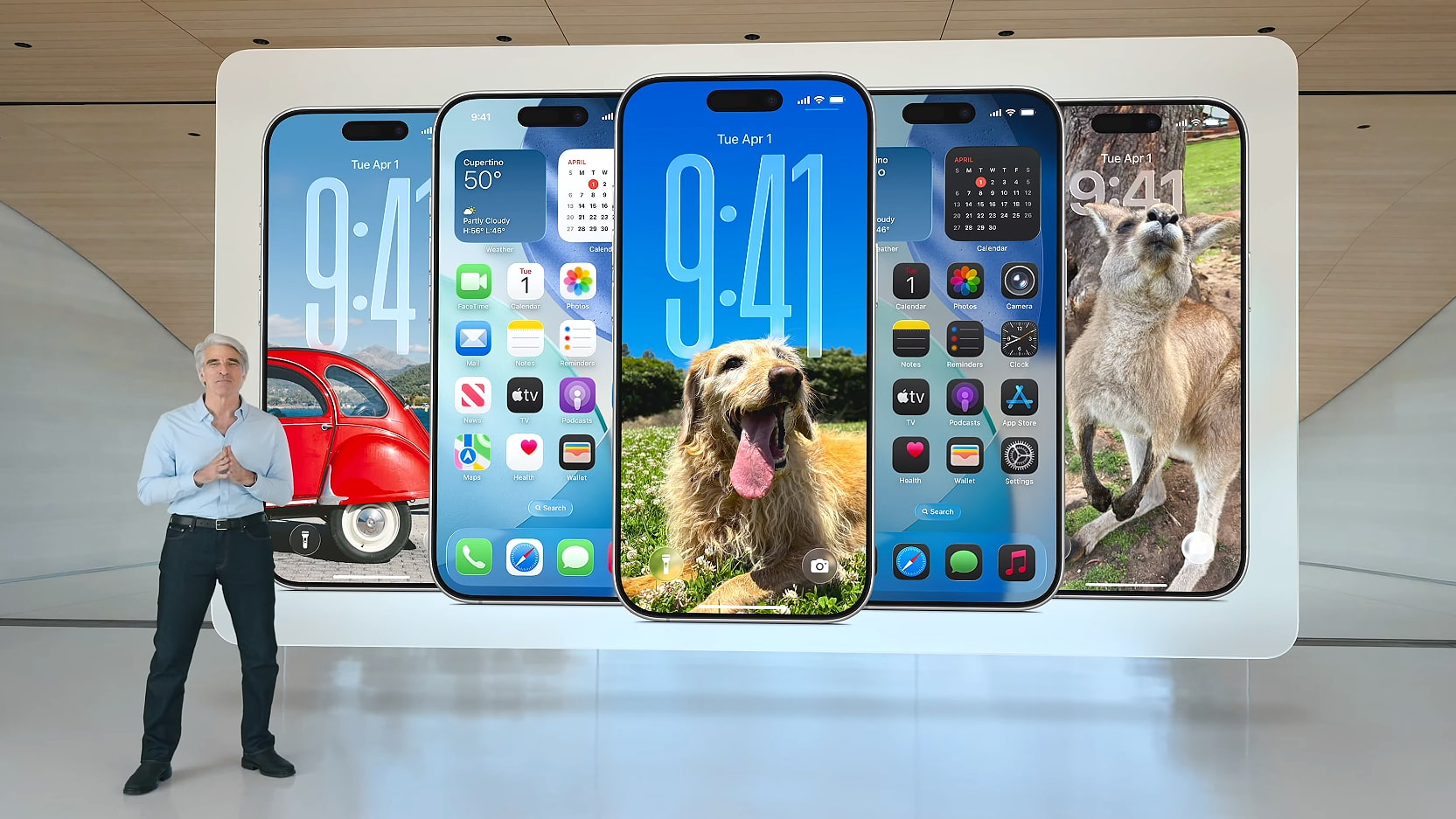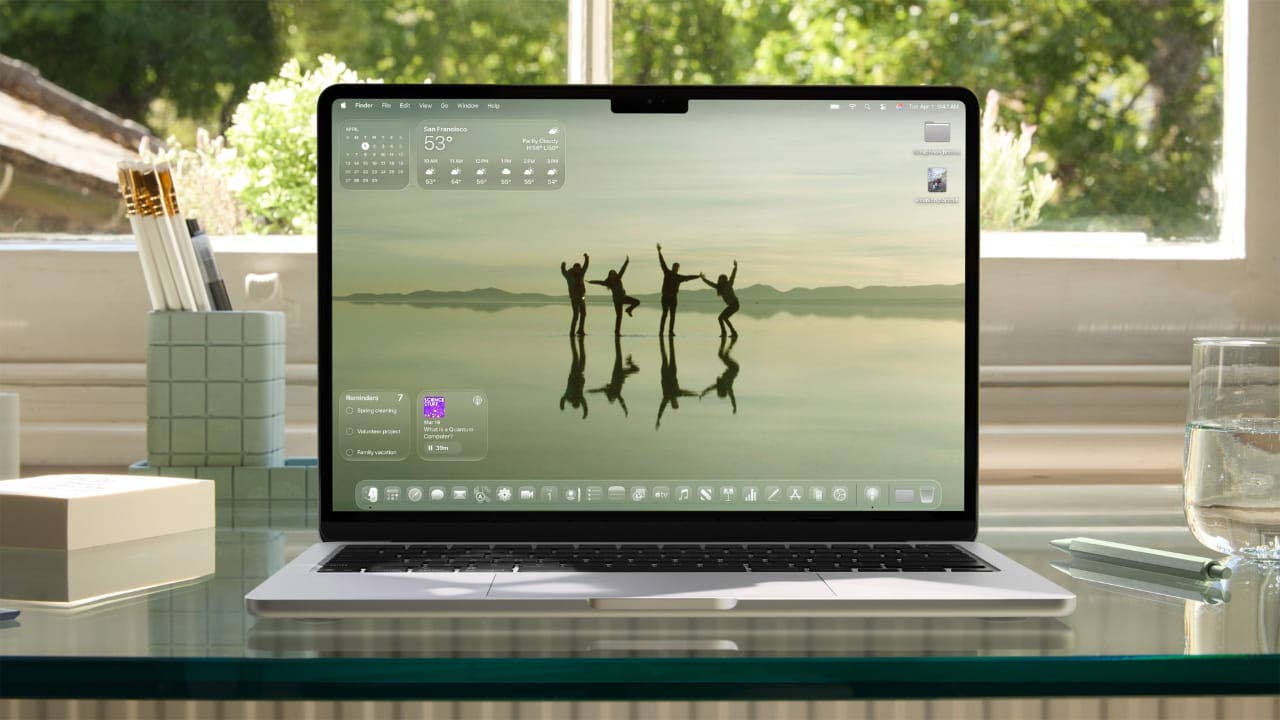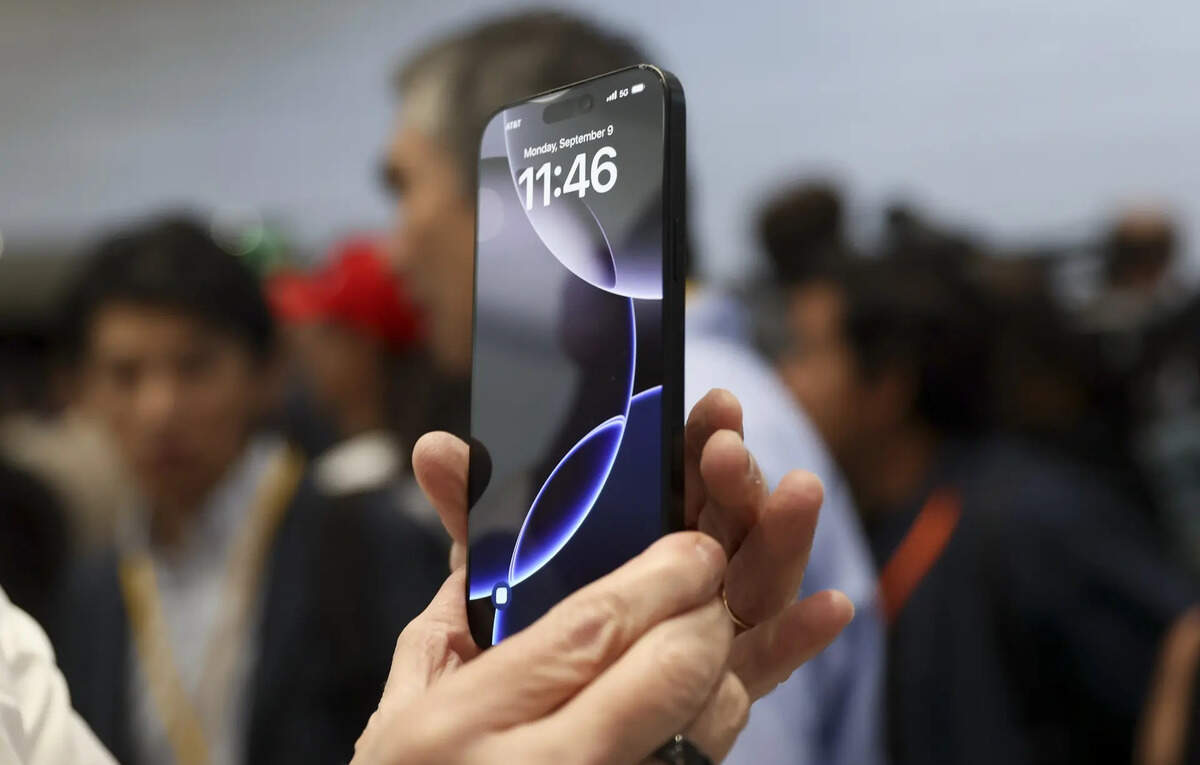Apple Unveils iOS 26, iPadOS 26, and Other OS Updates at WWDC 2025

Apple's annual Worldwide Developers Conference (WWDC) 2025 marked a significant moment for the company, unveiling a sweeping redesign across its software ecosystem, a new OS naming convention, and a host of updates for iOS 26, iPadOS 26, macOS Tahoe 26, watchOS 26, visionOS 26, and tvOS 26. While major advancements in its personalized Siri assistant remain forthcoming, Apple showcased a pragmatic approach to integrating "Apple Intelligence" with a strong emphasis on on-device processing and user privacy, alongside a visually unified experience dubbed "Liquid Glass."
A New Era of Design: Liquid Glass and Unified OS Naming
The centerpiece of WWDC 2025 was the introduction of "Liquid Glass," a new design language implemented across all Apple operating systems. Inspired by visionOS, Liquid Glass brings a translucent, glass-like aesthetic with elements that reflect light, cast subtle shadows, and react dynamically to user interaction and movement through real-time rendering. This marks the most significant visual overhaul for platforms like iOS since iOS 7, affecting everything from app icons and system menus to buttons, sliders, and the Control Center. Complementing this visual unification, Apple announced a change in its OS naming strategy. Moving away from sequential numbering (like the previous iOS 18), operating systems will now be named after the upcoming calendar year, hence the introduction of iOS 26, iPadOS 26, and so on, with macOS also adopting this by being named macOS Tahoe 26.
iOS 26: A Refreshed iPhone Experience
iOS 26 brings the Liquid Glass design to the forefront with personalized Lock and Home Screens, offering more customization for app icons and widgets, including a clear look and floating tab bars for apps like Apple Music. The Lock Screen features "Fluid Time," where the clock dynamically adapts to wallpaper images, and "Spatial Scenes" add a 3D effect to wallpapers. Core app experiences have been refined: the Camera app sports a streamlined interface; the Photos app is redesigned with separate Library and Collections views. The Phone app introduces a unified layout for Favorites, Recents, and Voicemails, alongside new features like Call Screening (which gathers caller info for unknown numbers) and Hold Assist (notifying users when a live agent is available on hold). Messages conversations are enhanced with custom backgrounds, the ability to create polls (with AI suggestions), typing indicators for group chats, and tools for screening unknown senders. CarPlay receives updates including a compact call view and enhanced Messages integration. Apple Music introduces Lyrics Translation and Pronunciation, while Apple Maps gains "Visited Places" and preferred route suggestions. A new dedicated Apple Games app centralizes the gaming experience. AirPods (4th gen and Pro 2) get studio-quality audio recording and can act as a camera remote. iOS 26 will be available for iPhone 11 (A13 Bionic) and later, with developer betas available now, public betas in July, and a full release expected in Fall 2025.
iPadOS 26: Enhanced Productivity and Mac-like Capabilities
iPadOS 26 significantly boosts the iPad's productivity, making it more akin to a Mac. A new advanced windowing system allows users to resize, move, tile, and freely place app windows, complete with a persistent menu bar at the top of the screen. The Files app is revamped with list views, resizable columns, and the ability to drag folders to the Dock. The Preview app also arrives on iPad for viewing and annotating documents. Background Tasks API enables Live Activities to monitor long-running processes, enhancing multitasking. These updates, combined with the Liquid Glass design, aim to provide a more versatile and powerful iPad experience. Compatibility extends to iPads with at least an A12 chip for basic OS functions, though advanced AI features require newer M-series or A17 Pro chips.
macOS Tahoe 26: Power and Continuity
macOS Tahoe 26 integrates the Liquid Glass design with a transparent menu bar and enhanced customization for controls, folders, and app icons. Continuity is improved with the Phone app coming to Mac, allowing users to relay calls and access iPhone features like Call Screening. Live Activities from iPhone are now displayed in the Mac menu bar. Spotlight search becomes more powerful, enabling direct actions, better filtering, support for App Intents, and clipboard history. The new Apple Games app also debuts on Mac, complemented by Game Overlay for quick settings access and the new Metal 4 framework for advanced graphics. Safari, Messages, and Notes receive updates, and the Journal app comes to Mac. Accessibility features are also expanded.
watchOS 26: Smarter and More Intuitive
watchOS 26 features a refreshed UI with Liquid Glass aesthetics across Smart Stack, Control Center, and app navigation. A key new feature is "Workout Buddy," an AI-powered fitness coach offering personalized motivation and voice prompts. Smart Stack now provides more context-aware suggestions ("Smart Stack Hints"). A new "Wrist Flick" gesture allows for one-handed notification dismissal and call management. The Notes app also arrives on Apple Watch. watchOS 26 will be compatible with Apple Watch Series 6 and later, paired with an iPhone 11 or newer running iOS 26.
visionOS 26: Deepening Spatial Experiences
For the Apple Vision Pro, visionOS 26 focuses on enhancing spatial computing. "Spatial Widgets" can be customized and integrated into the user's environment. "Shared Spatial Experiences" allow multiple users in the same room to interact with the same 3D content. "Spatial Scenes" use AI to add depth to photos, and "Spatial Safari" enables embedding 3D models on web pages. The update brings native support for 180°, 360°, and wide field-of-view content from devices like Insta360, GoPro, and Canon, along with compatibility for PlayStation VR2 Sense controllers. Personas are upgraded to appear more natural. Enterprise APIs, "Look to Scroll" eye-based navigation, a redesigned Control Center, and the ability to relay iPhone calls and unlock an iPhone while immersed are also included.
tvOS 26: Refined Entertainment
tvOS 26 incorporates the Liquid Glass design for a cleaner interface and a refreshed Apple TV app. Apple Music Sing-alongs are enhanced, allowing iPhones to act as microphones with real-time lyrics and translation. FaceTime on Apple TV supports Contact Posters and expanded Live Captions. The update also brings new regional screensavers and persistent AirPlay speaker assignments.
Apple Intelligence: Pragmatic AI Integration
While the highly anticipated comprehensive Siri overhaul is delayed until at least 2026, Apple outlined its strategy for "Apple Intelligence," focusing on on-device processing for privacy and practical enhancements. Key AI-powered features rolling out include "Live Translation" for real-time text and audio translation across Messages, FaceTime, and phone calls. "Visual Intelligence" allows users to search and take action on content viewed on their screen, including identifying products or adding event details to calendars. "Genmoji" and "Image Playground" offer new ways for self-expression by creating custom emoji and images, with some functionalities leveraging ChatGPT. Apple is also opening its "Foundation Models Framework" to developers, allowing them to tap into on-device AI models. Xcode receives AI tools like Swift Assist and predictive code completion, with options to integrate models like ChatGPT. Other AI applications include intelligent actions in Shortcuts, automated order tracking, AI in Reminders, and the AI Workout Buddy in watchOS.
Developer Tools and Release Timeline
Apple emphasized developer empowerment by providing access to its on-device foundation models, new APIs across its operating systems, and the Metal 4 graphics framework. The AI enhancements in Xcode aim to streamline development workflows. Developer betas for all new operating systems are available immediately, with public betas scheduled for July 2025. The final public releases are expected in the fall, likely coinciding with the launch of the next iPhone generation.
Conclusion: A Unified and Intelligent Future
WWDC 2025 showcased Apple's vision for a more cohesive and intelligently integrated ecosystem. The "Liquid Glass" design language brings a fresh, unified aesthetic, while the strategic, privacy-centric advancements in Apple Intelligence lay the groundwork for future innovations. Although some AI ambitions are still on the horizon, the updates across iOS 26, iPadOS 26, macOS Tahoe 26, watchOS 26, visionOS 26, and tvOS 26 promise enhanced user experiences and new capabilities for millions of Apple users and developers worldwide.












